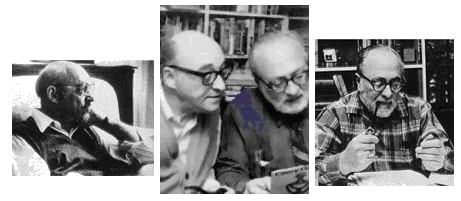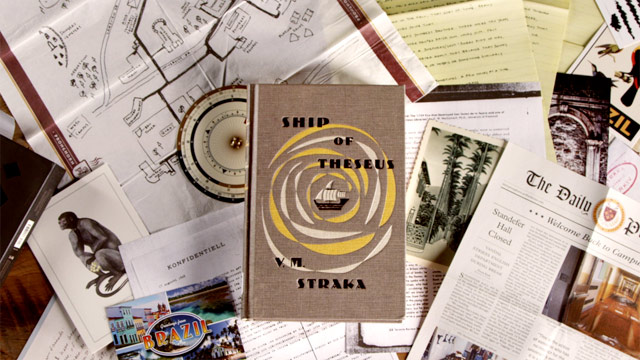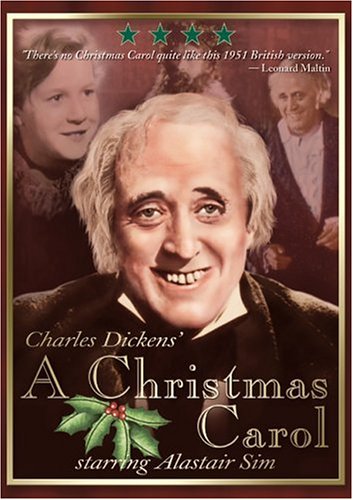by Dale C. Andrews
Shakey crashed through the door of the bar looking like the last day of FebruaryHerschel Cozine
Shakey's Debt
February, when the days of winter seem endless and no amount of wistful recollecting can bring back any air of summer.
Shirley Jackson
Raising Demons
Raising Demons
February is merely as long as is needed to pass the time until March.
 |
Frazz, February 1, 2014, ©2011 2011 Jef Mallett/Distr. By Universal Uclic
|
Mao Tse Tung was an advocate for the battle tactic of planned retreats, and in no year has a planned retreat from the frozen north made more sense than this one. When you look at those weather maps that have been so common this month, with that bulge of blue swallowing up the Midwest and the entire East Coast, we are right down there at the bottom -- where, in the course of a few scant miles, the color of the weather map on most days shifts from blue, to green, and then finally to yellow, where we are. It doesn't always work -- this year in our first few days here we did find ourselves in the path of that ice storm that hit the south, and that left us apartment bound for a day, but by and large we enjoy 60s when our home in D.C. has to tolerate 20s. And this week it is all sunshine and mid-70s.
 |
| The only time this year that February caught up with us at Gulf Shores |
 |
| A cargo cult's "runway" |
This year, as reported in the Washington Post, Phil the groundhog in Punxsutawney, Pennsylvania saw his shadow, which, per legend, meant six more weeks of winter. The National Oceanic and Atmospheric Administration (NOAA) has dismissed statistically any soothsaying abilities of Phil and his cohorts, and on bright and warm days we smile and shake our heads at the whole cargo cult ritual of this annual event. The planes do not arrive for the cargo cults, and spring does not arrive for us. But that does not stop us from showing up each year to watch the groundhog. And this is not limited to that town in Pennsylvania. The Washington Post reports that other groundhogs, also sought out each year in a quest to short-hop the miseries of February, include:
- Atlanta, Georgia: General Beau Lee
- Ontario, Canada: Wiarton Willie
- Raleigh, North Carolina: Sir Walter Wally
- Sun Prarie, Wisconsin: Jimmy
- Staten Island, New York: Chuck
- Birmingham, Alabama: Birmingham Bill
And in Washington, D.C., we add Potomac Phil to the list. The Washington would-be prognosticator is actually a stuffed Groundhog, but it nevertheless somehow manages to impart a prediction annually at a gathering at Dupont Circle.
It is not just those of us in the United States who behave this way. In Serbia, for example, on February 15 during the feast of celebration of Sretenje or The Meeting of the Lord. celebrants watch a bear that is awakened from winter sleep. According to legend there if the bear sees its shadow it goes back to sleep for another 40 days, and winter continues. European folklore generally also looks to badgers or bears, usually on February 1, in hope of a signal that winter will end early. But, again according to NOAA, approximately 75 percent of the time there is no early spring, and our hopes are in vain. Regardless of the vagaries of animals’ shadows we, like those South Sea islanders tempting the planes to land, get nothing.
In fact we do worse -- we get February.
All of these February rituals simply evidence our desperation. Those who face February without the possibility of retreat can be rendered senseless and desperate in their endurance. A resort to witchcraft is but a small step where nothing rational works.
So. Where did this affront that is February come from in the first place? As one might suspect, the dratted month owns a checkered past. No such month existed in the early Roman calendar, a ten month affair that simply left the period that is now January and February a nameless blot of bleak days. In effect the early Roman calendar at the end of December said That's it. See you in March. When February (along with January) eventually was added to the Roman calendar, around 700 B.C., it was a period of varying lengths -- 23 to 27 days -- and a thirteenth month, Intercalaris, was inserted between it and March as a device to re-align the calendar with the seasons each year, a necessary tool since the year, but for Intercalaris, was calculated out at 355 days.
Under the reforms instituted with the Julian calendar, Intercalaris was abolished, the year was set at 365 days, and February was likely assigned 29 days. I say “likely” because there is some argument as to how February became a 28 day month (except in leap years). According to popular history this reduction occurred as a result of rivalry between Julius Caesar and Caesar Augustus. Julius Caesar had already requisitioned and re-named the seventh month of the year “July,” in honor of, well, himself. Then, so the story goes, when Augustus Caesar ascended to power he decided he needed his own month as well, and we were given a re-named eighth month -- “August.” Up until that time all months (except for February) were either 30 days or 31 days, alternating on an every-other month basis. But Augustus wanted his month to be as long as Julius Caesar’s, so he robbed a day from February and placed that day in August, making it 31 days as well.
| Washington, D.C. earlier this month |
I have a modest suggestion.
We all accept that February already differs from other months in the number of its allotted days. And the Romans have already fiddled with that number, as discussed above, before agreeing on our present 28 day (and 29 day leap year) approach. Since the month is already demonstrably too long at 28 (or 29) days, my proposal is simply this: Chop another week off of it. Make it 21 days -- a three week sprint from January to March. And then take that extra week, the one we just chopped, and plop it down smack dab in the middle of June -- a month that often seems too short.
 |
| Gulf Shores Alabama -- View from our condo February 17, 2014. 72 degrees. |
I could go on. But I am off to the beach.




.jpg)






.jpg)




